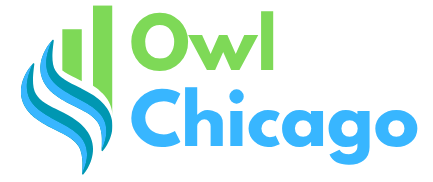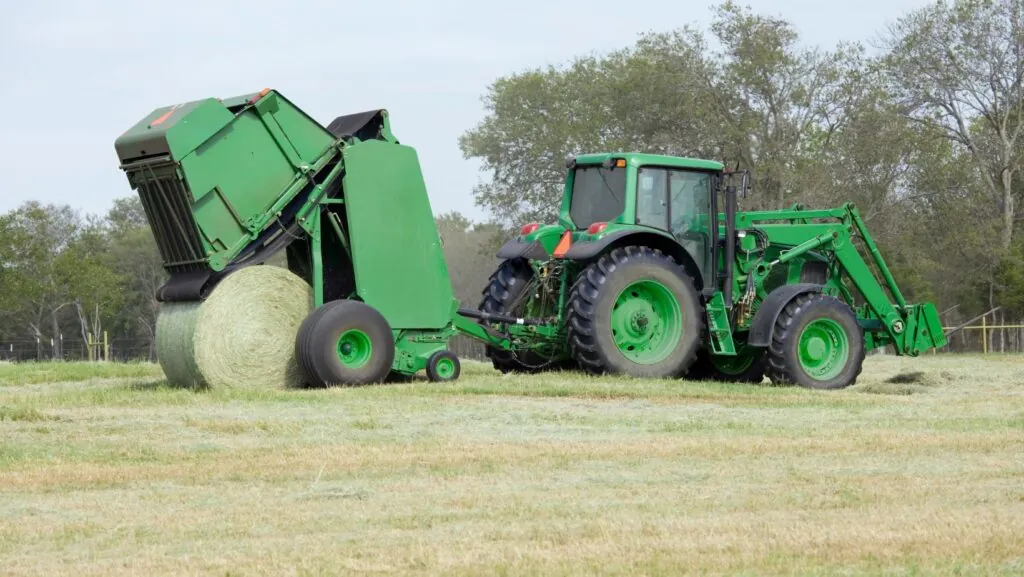Table of Contents
ToggleImagine a room buzzing with energy where the craziest ideas take center stage. Wild idea sessions are the playgrounds of creativity, where conventional thinking takes a backseat and imagination runs wild. These gatherings unleash the power of brainstorming, transforming even the most outlandish thoughts into potential game-changers.
What Are Wild Idea Sessions?
Wild idea sessions create dynamic environments that enhance creativity and innovation. These sessions encourage participants to express imaginative thoughts without fear of judgment.
Purpose of Wild Idea Sessions
The primary purpose focuses on unlocking creative potential. These sessions break down restrictive thinking patterns and encourage diverse perspectives. Participants generate unconventional ideas that can pave the way for significant breakthroughs in various fields. They also stimulate collaboration among team members, fostering a sense of shared creativity. As a result, organizations often experience enhanced problem-solving abilities and improved team dynamics.
Format and Structure
Wild idea sessions can vary in format yet typically maintain a few core components. Sessions often begin with a brief introduction to set the topic. Participants then engage in brainstorming activities that encourage free-flowing discussion. Tools such as sticky notes, whiteboards, and digital platforms may facilitate these exchanges. Groups frequently use time limits to promote quick thinking. At the end, participants review submitted ideas, identifying the most promising concepts for further exploration. This structured yet flexible approach maximizes creativity and ensures productive outcomes.
Benefits of Wild Idea Sessions

Wild idea sessions provide numerous advantages, enhancing creativity and collaboration within teams.
Fostering Creativity
Wild idea sessions thrive on encouraging innovative thinking. Participants explore unconventional ideas, which often leads to unexpected discoveries. This environment promotes risk-taking, allowing team members to express their thoughts without fear of judgment. Brainstorming methods like mind mapping and rapid ideation help generate a variety of concepts. These sessions can break through mental barriers, leading to fresh solutions for existing challenges. Specific techniques, such as free association or role-playing, further stimulate creativity. Ultimately, the combination of structured activities and open-mindedness cultivates an atmosphere ripe for imaginative breakthroughs.
Encouraging Collaboration
Collaboration emerges naturally during wild idea sessions. Diverse perspectives enrich discussions, leading to a broader range of ideas. Team members can build on each other’s thoughts, enhancing collective intelligence. Regular brainstorming creates stronger bonds within the team, fostering trust and openness. Participants often feel empowered to contribute, knowing their input is valued. As ideas flow freely, the atmosphere encourages active listening and respect for differing viewpoints. This collaborative spirit not only strengthens relationships but also drives innovation. Enhanced synergy results in solutions that are more comprehensive and effective, benefiting the entire organization.
How to Conduct Wild Idea Sessions
Conducting wild idea sessions involves structured preparation and the right brainstorming techniques. Successful sessions encourage creativity while ensuring focused discussions.
Preparing for a Session
Preparation lays the foundation for effective sessions. First, define a clear objective to guide discussions. Selecting a diverse group of participants enhances idea generation, bringing in varied perspectives. Setting a time limit keeps the energy high and maintains engagement. Providing necessary materials such as sticky notes and markers supports participants in capturing ideas visually. A comfortable environment also fosters openness and encourages sharing.
Techniques for Brainstorming
Various brainstorming techniques facilitate innovative thinking. Mind mapping visualizes connections between ideas, allowing participants to expand on concepts. Rapid ideation promotes quick thinking, requiring participants to write down as many ideas as possible within a set timeframe. Free association encourages thinking outside the box, leading to unexpected connections and novel insights. Role-playing invites participants to step into different perspectives, enriching discussions with diverse viewpoints. Regularly rotating facilitators helps maintain energy and ensures fresh dynamics throughout the session.
Case Studies of Successful Wild Idea Sessions
Successful wild idea sessions often demonstrate the power of creative brainstorming in action. Numerous organizations have harnessed these sessions to unlock potential.
Example 1: Company Innovation
A technology firm held a wild idea session focused on developing a new product line. Participants from various departments gathered to brainstorm. Ideas flowed freely, resulting in over 100 concepts in just a few hours. Notable contributions included creating a sustainable smart device utilizing renewable energy. The most promising ideas advanced to development, ultimately leading to a successful product launch that increased the company’s market share by 20%. This example highlights how diverse perspectives can drive innovative solutions.
Example 2: Community Engagement
A nonprofit organization aimed to enhance community involvement through a wild idea session. Local leaders and volunteers came together to discuss engagement strategies. During the session, creative suggestions emerged, such as community gardening projects and interactive workshops for youth. Participants refined these concepts into actionable plans. Within six months, community engagement grew by 40%. This instance underscores the effectiveness of collaboration in generating impactful ideas that resonate with local needs.
Challenges and Solutions
Wild idea sessions face several challenges that can hinder their effectiveness. Addressing these issues ensures creative breakthroughs and productive outcomes.
Overcoming Resistance to Ideas
Team members may resist unconventional ideas due to fear of judgment or clinging to traditional methods. Creating a safe environment encourages open expression. Leaders can establish ground rules that promote respect and support for all contributions. Inviting diverse perspectives often shifts the focus from criticism to collaboration. Recognizing and celebrating unique ideas can motivate participants to share more freely. Implementing techniques like anonymous submissions allows everyone to contribute without apprehension.
Keeping the Energy Up
Maintaining high energy levels throughout a wild idea session is essential for fostering creativity. Engaging activities such as icebreakers or interactive brainstorming methods can stimulate enthusiasm. Short, timed segments encourage quick thinking and keep the momentum going. Rotating facilitators injects fresh dynamics and prevents monotony. Offering snacks and comfortable seating can also enhance participants’ comfort and focus. Ultimately, a lively atmosphere inspires greater participation and innovative thought generation.
Embracing wild idea sessions can transform the way teams approach problem-solving and innovation. By cultivating an environment where unconventional thoughts are welcomed, organizations can unlock their creative potential. These sessions not only enhance collaboration but also empower participants to think outside the box and explore new possibilities.
The techniques and strategies discussed can help teams navigate challenges and maintain high energy levels. With the right preparation and mindset, wild idea sessions can lead to groundbreaking solutions and foster a culture of continuous improvement. Ultimately, the impact of these sessions extends beyond immediate outcomes, shaping a more innovative and adaptable organization.




